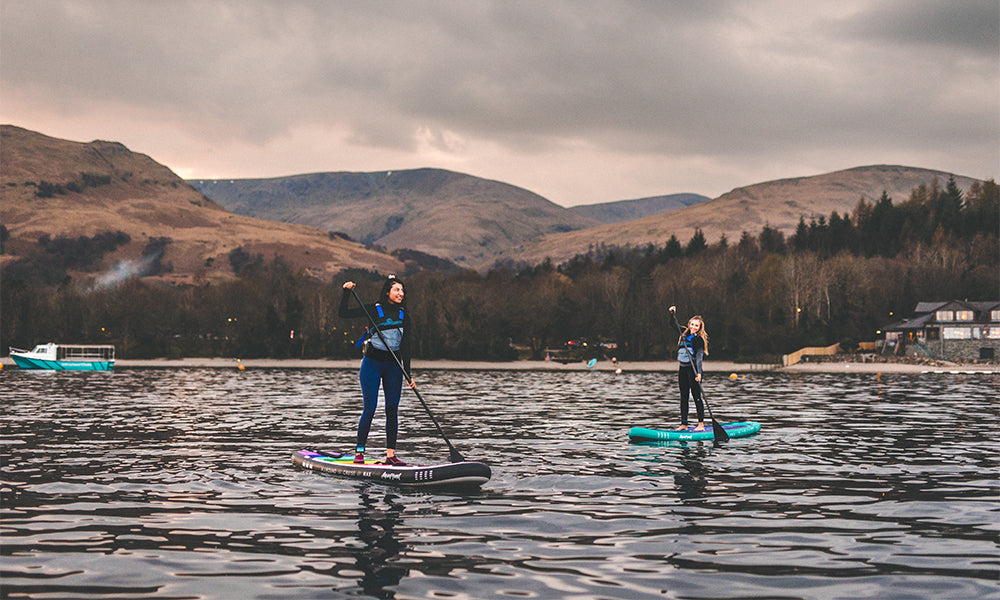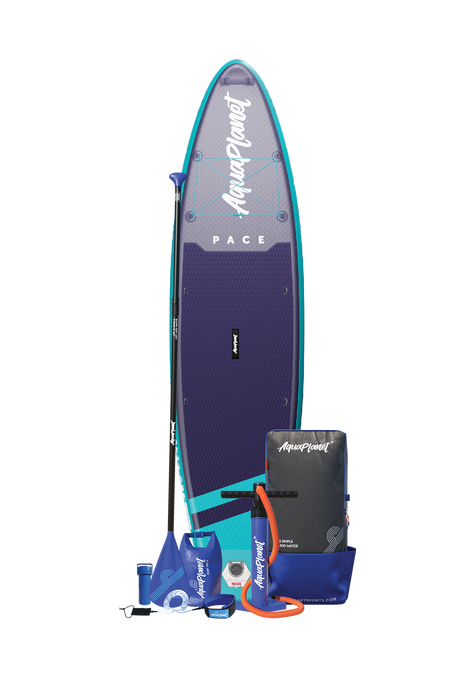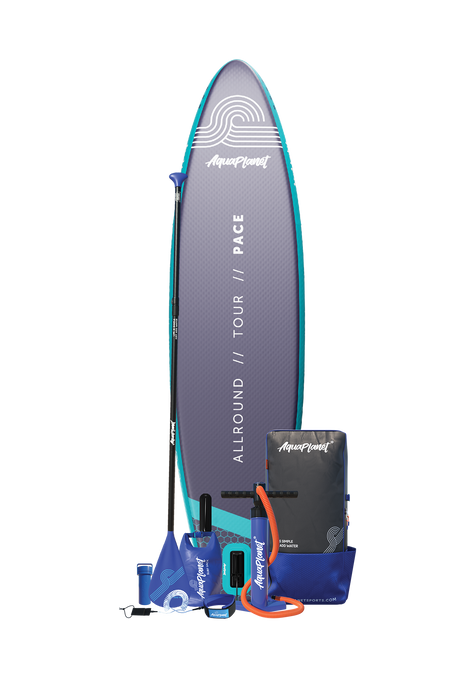
Paddle boarding in cold water may not be for everyone, but for those who are willing to brave the elements, the benefits are numerous. Not only is paddle boarding a full-body workout that helps to build strength and improve balance, but it can also provide a sense of mental clarity and relaxation. In this article, we will explore the various benefits of paddle boarding in cold water and provide tips on how to stay safe and comfortable while doing so.
First and foremost, paddle boarding is an excellent way to get a full-body workout, making it a great alternative to a busy gym full of new members trying to lose their Christmas weight. Because you are using your entire body to propel the board forward, paddle boarding works muscles in your arms, core, and legs. Additionally, the act of balancing on the board while navigating through the water requires core stability and coordination, making it a great way to improve balance and coordination.

Paddle boarding in cold water can also provide a sense of mental clarity and relaxation. Being out on the water, surrounded by nature, can help to clear the mind and provide a sense of peacefulness. The physical activity of paddling can also release endorphins and reduce stress, making it a great activity for those looking to de-stress and relax.
In addition to the physical and mental benefits of paddle boarding in cold water, it can also be a great way to experience new environments and see the world from a different perspective. Whether you are paddling through a frozen lake or along a rugged coastline, paddle boarding allows you to explore new areas and take in the sights and sounds of your winter surroundings.
So, now that we've covered the benefits of paddle boarding in cold water, let's discuss how to stay safe and comfortable while doing so.

First and foremost, it is important to dress appropriately for the weather. Wear a wetsuit or drysuit to keep your body warm and protected from the elements. It is also a good idea to wear a hat, gloves, and boots to keep your extremities warm.
It is also important to pay attention to the water temperature and be aware of the signs of hypothermia. Symptoms of hypothermia include shivering, numbness, and confusion, and it is important to get out of the water and warm up as soon as possible if you experience any of these symptoms.
In addition to dressing appropriately and being aware of the signs of hypothermia, it is also important to have the proper safety equipment. This includes a personal flotation device, a whistle, a quick release belt/ankle strap and a phone or other means of communication in case of an emergency.
Overall, paddle boarding in cold water can be a rewarding and enjoyable experience that provides numerous physical and mental benefits. By dressing appropriately, being aware of the signs of hypothermia, and having the proper safety equipment, you can stay safe and comfortable while enjoying all that paddle boarding in cold water has to offer.
Happy paddling.








